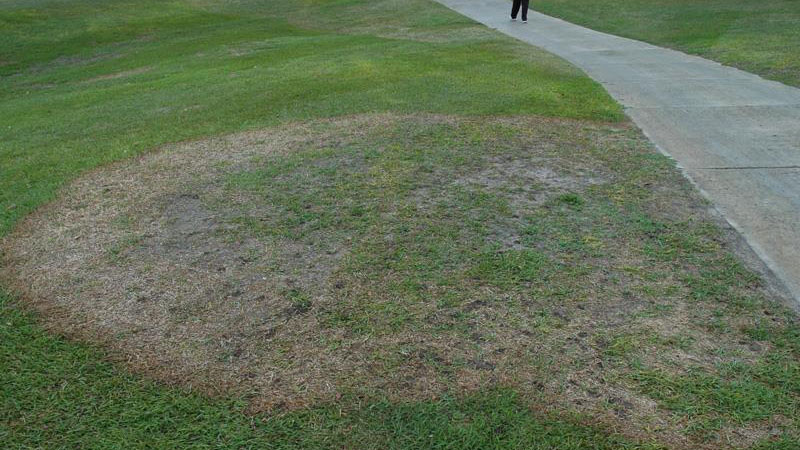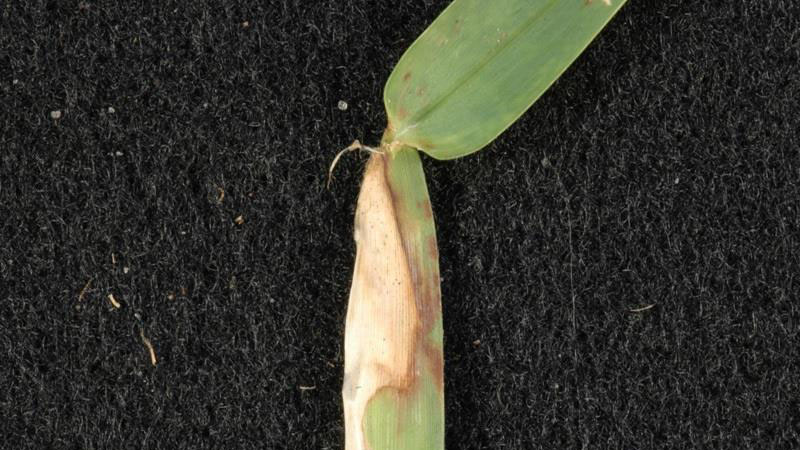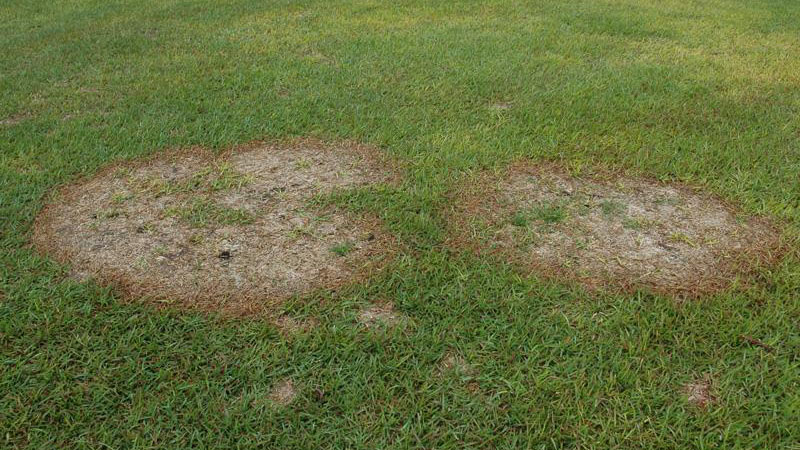Spring Large Patch Disease
go.ncsu.edu/readext?1070032
en Español / em Português
El inglés es el idioma de control de esta página. En la medida en que haya algún conflicto entre la traducción al inglés y la traducción, el inglés prevalece.
Al hacer clic en el enlace de traducción se activa un servicio de traducción gratuito para convertir la página al español. Al igual que con cualquier traducción por Internet, la conversión no es sensible al contexto y puede que no traduzca el texto en su significado original. NC State Extension no garantiza la exactitud del texto traducido. Por favor, tenga en cuenta que algunas aplicaciones y/o servicios pueden no funcionar como se espera cuando se traducen.
Português
Inglês é o idioma de controle desta página. Na medida que haja algum conflito entre o texto original em Inglês e a tradução, o Inglês prevalece.
Ao clicar no link de tradução, um serviço gratuito de tradução será ativado para converter a página para o Português. Como em qualquer tradução pela internet, a conversão não é sensivel ao contexto e pode não ocorrer a tradução para o significado orginal. O serviço de Extensão da Carolina do Norte (NC State Extension) não garante a exatidão do texto traduzido. Por favor, observe que algumas funções ou serviços podem não funcionar como esperado após a tradução.
English
English is the controlling language of this page. To the extent there is any conflict between the English text and the translation, English controls.
Clicking on the translation link activates a free translation service to convert the page to Spanish. As with any Internet translation, the conversion is not context-sensitive and may not translate the text to its original meaning. NC State Extension does not guarantee the accuracy of the translated text. Please note that some applications and/or services may not function as expected when translated.
Collapse ▲Back in November I reminded readers to scout their yards for the presence of Large Patch disease. As soil temperatures were beginning to decline, the fungi Rhizoctonia solani was becoming active and affecting numerous lawns across Pamlico County. Now that our warm season grasses (centipede, Bermuda, zoysia, St. Augustine) have begun to green back up, you may notice circular dead areas in your lawn that were affected by this disease. Let us discuss what we can do to help alleviate this condition.

Large Patch often shows up first in stressed or poorly drained areas, and turf near sidewalks can sometimes be more vulnerable.
Identifying Large Patch Symptoms
Current symptoms you will see this spring include circular dead patches of turf that do not green-up with the rest of your lawn. Individual grass blades within margins of patches may be bright yellow or reddish with some green leaf tissue remaining. Give one of these blades a tug, and if the blade slips easily from the sheath, you probably have large patch.

If you spot a grass blade that’s yellow, reddish, and slips easily from the sheath, it’s a sign of Large Patch at work.
Conditions That Favor Large Patch Disease
Large patch disease is favored by cool temperatures and wet conditions. Areas in your yard that are prone to hold or channel water will usually be infected first; however, the disease can occur almost anywhere when conditions are favorable.
How Fertilization Affects Disease Development
You can make the disease worse by over fertilizing with nitrogen and with early or late season nitrogen applications in spring and fall. In general, nitrogen should not be applied to warm-season grasses within six weeks before dormancy in the fall or within three weeks after green-up begins in the spring.

Seeing several dead patches pop up in your lawn? Large Patch can quickly spread when conditions are just right.
Treatment and Fungicide Applications
A well-timed fungicide application in the fall, before the disease becomes active, provides the best control. Timing of these applications should coincide with soil temperature.
Fall Fungicide Timing and Application
When soil temperatures dip to 80 degrees Fahrenheit for 4-5 days, an application of a fungicide to centipedegrass and St. Augustine grass, especially to those areas of previous infection, will help decrease disease development.
Spring Fungicide Applications
Spring applications of fungicide are less effective, as rising soil temperatures above 70 degrees will cause the fungus to go dormant. Spot applications of springtime fungicides can be applied to the margins of dead patches. This may help prevent further infection as temperatures continue to fluctuate.
Recommended Fungicide Products
Common turf fungicides from Bayer, Fertilome, Spectracide, and Scotts, have active ingredients (propiconazole, myclobutanil, azoxystrobin) that should provide adequate control. Refer to the label for specific directions on rate and turf type.
Encouraging Turf Recovery After Infection
Dead areas created by this disease can be encouraged to fill back in by the rhizomes and stolons (runners) as warm spring weather arrives. Proper fertility and weed management will help to encourage regrowth.
Fertilizer and Weed Control Tips for Recovery
Do not apply a preemergence weed control product to these areas, as many of our preemergence products inhibit root growth. New runners trying to grow back into these areas will have a difficult time rooting through these herbicide applications. Most grasses can fill back into damaged areas during one growing season. To encourage spread, continue to mow and provide irrigation to keep soil moist. Applying nitrogen fertilizer at a rate of 0.25 pound per 1000 square feet when temperatures are consistently above 70 degrees and grass has green-up for several weeks can help expedite new growth. Widespread applications of fungicides are generally not needed and can be quite costly. Just be familiar with the symptoms of this disease and keep an eye out for progression.
Contact Information for More Details
If you have questions about this disease or other turf related issues, please feel free to contact Daniel Simpson at 252-745-4121 or daniel_simpson@ncsu.edu.



